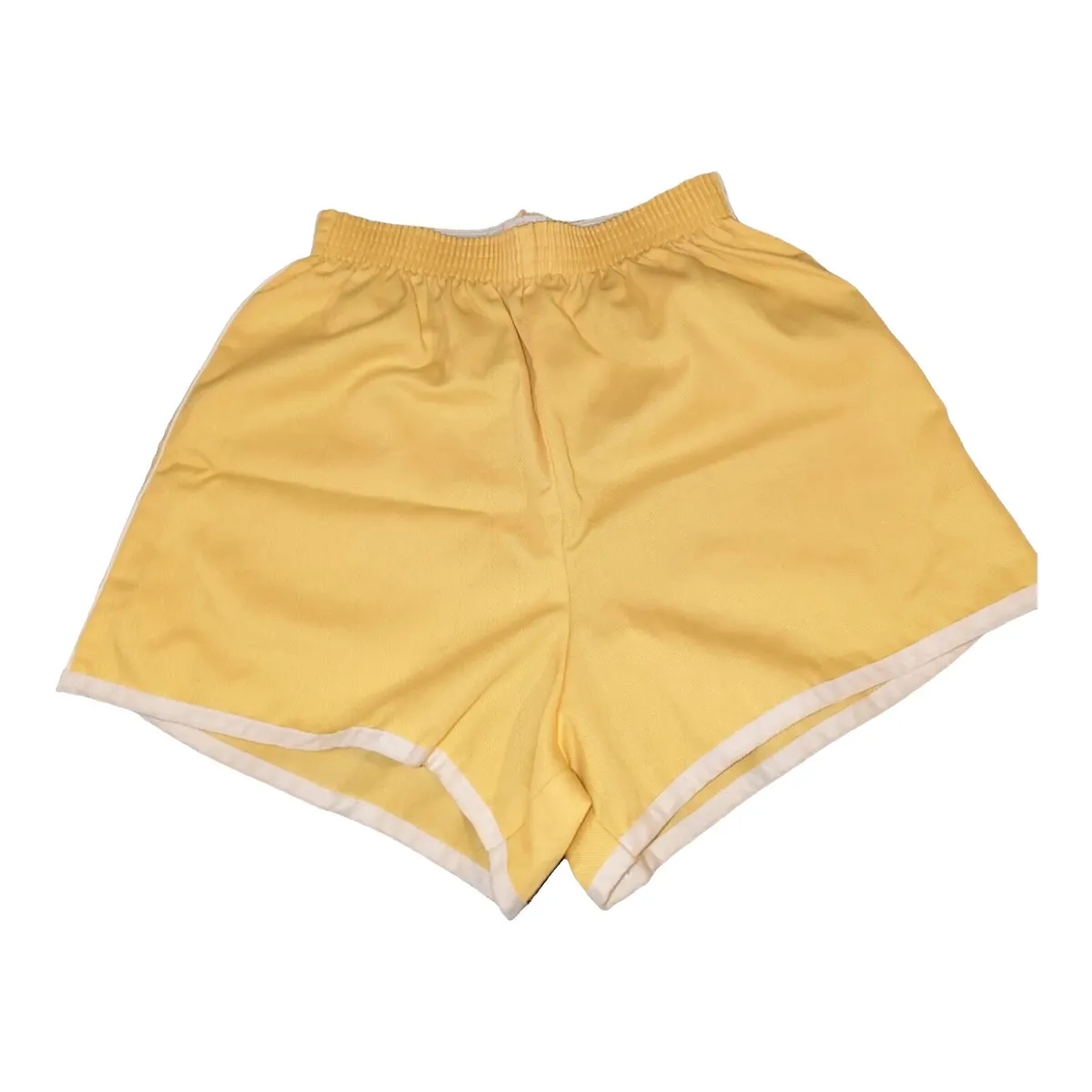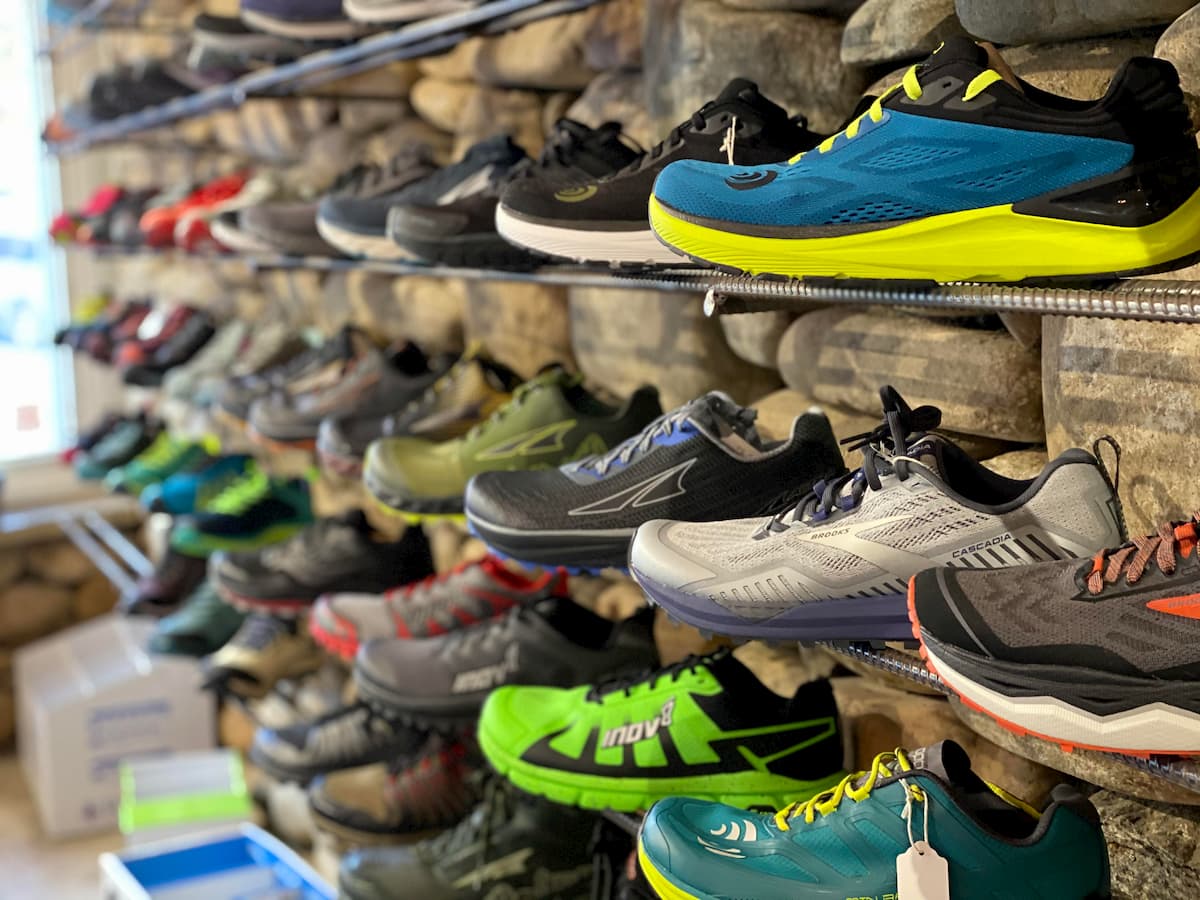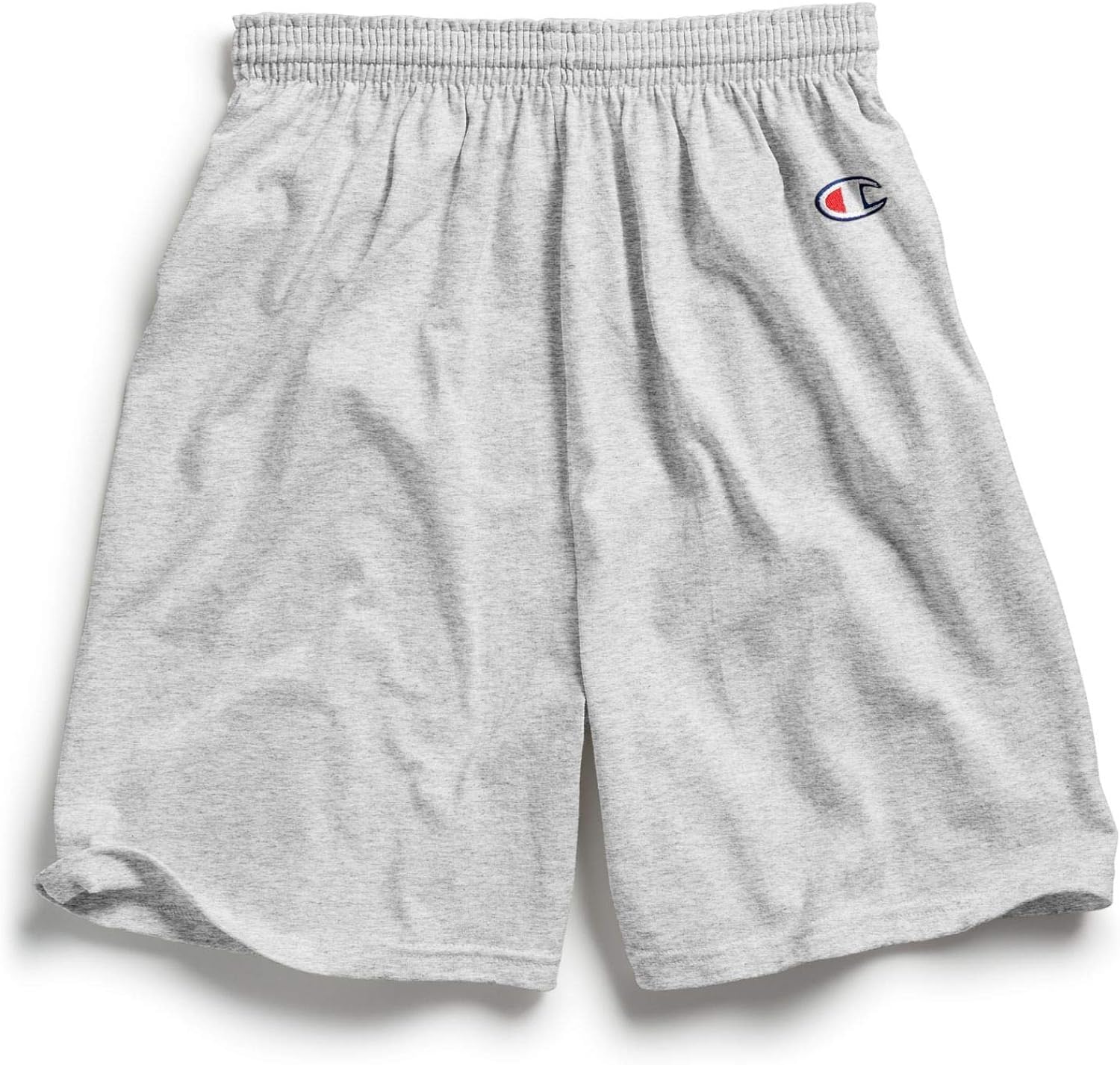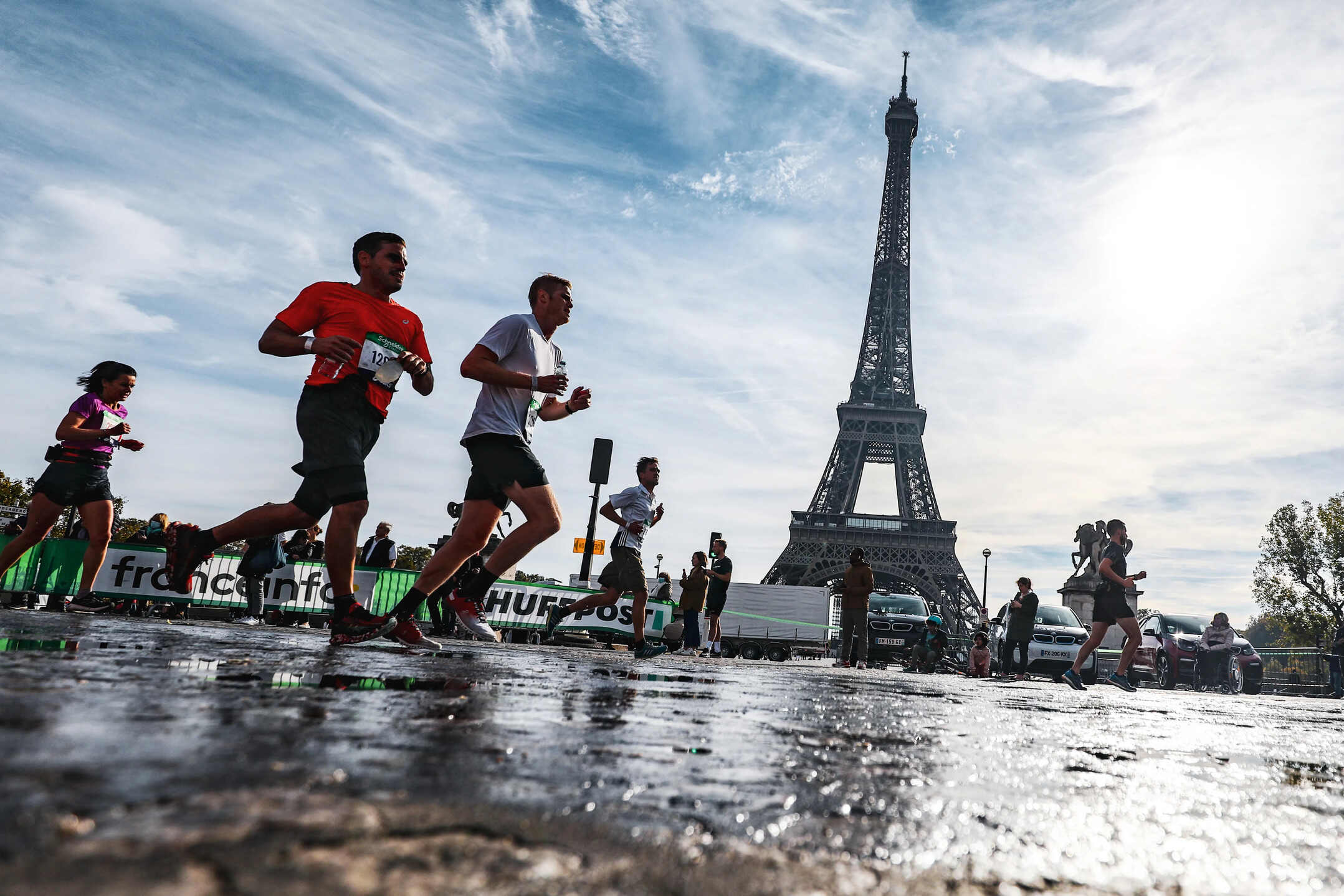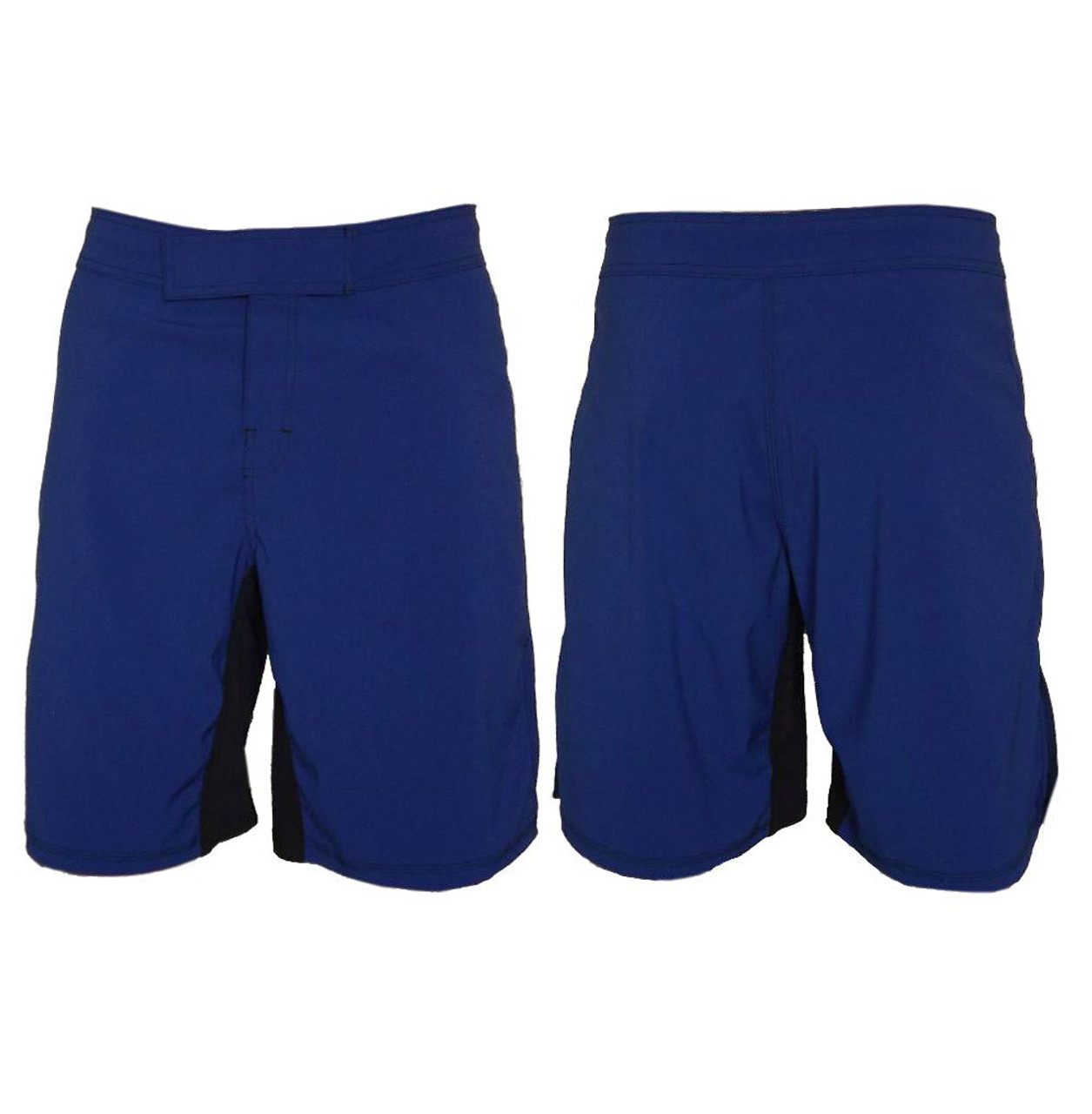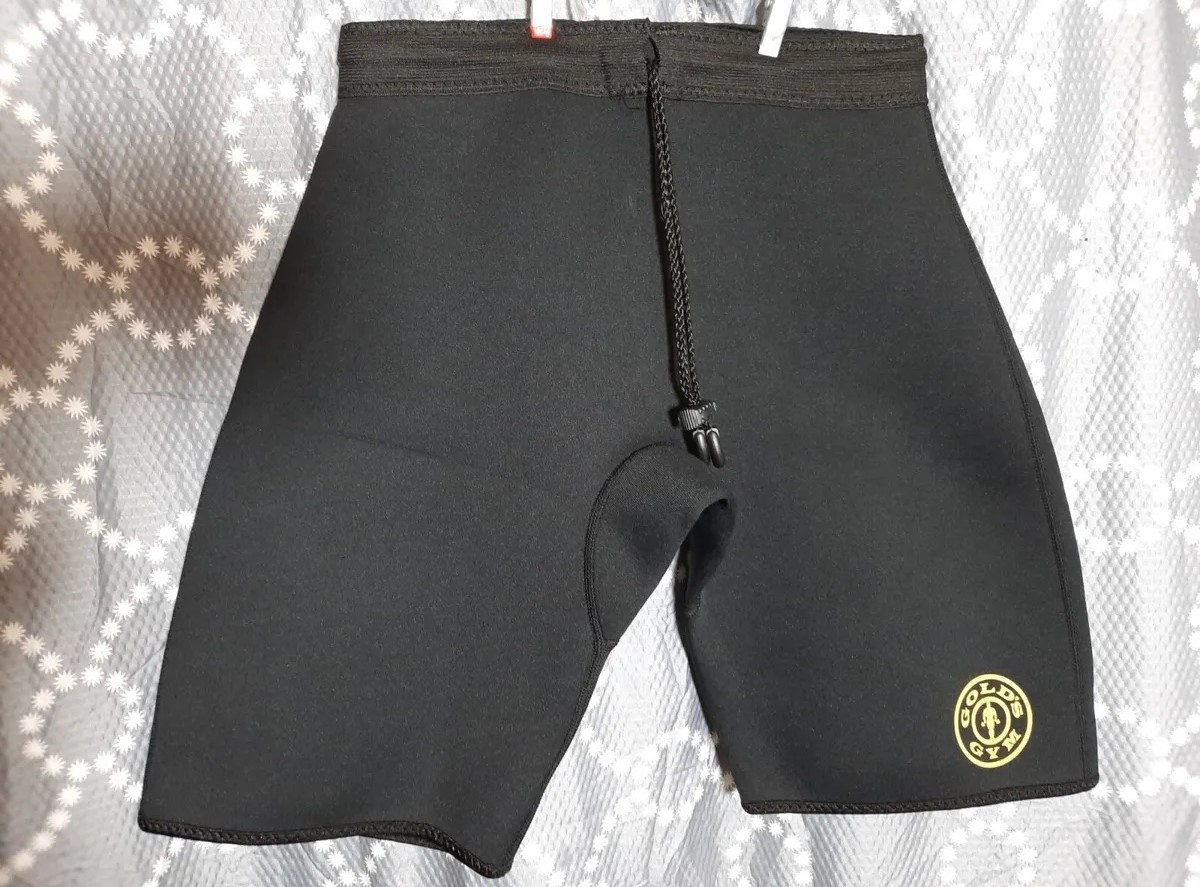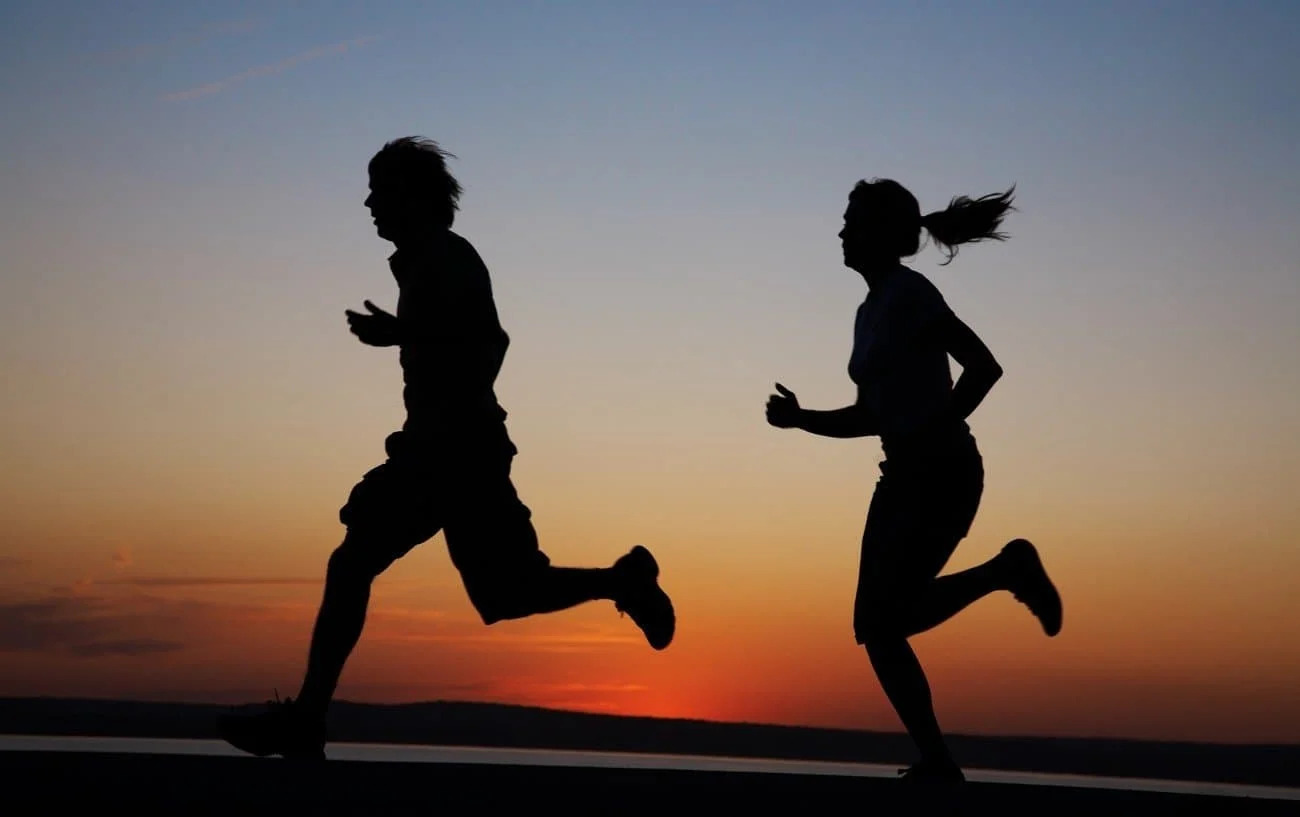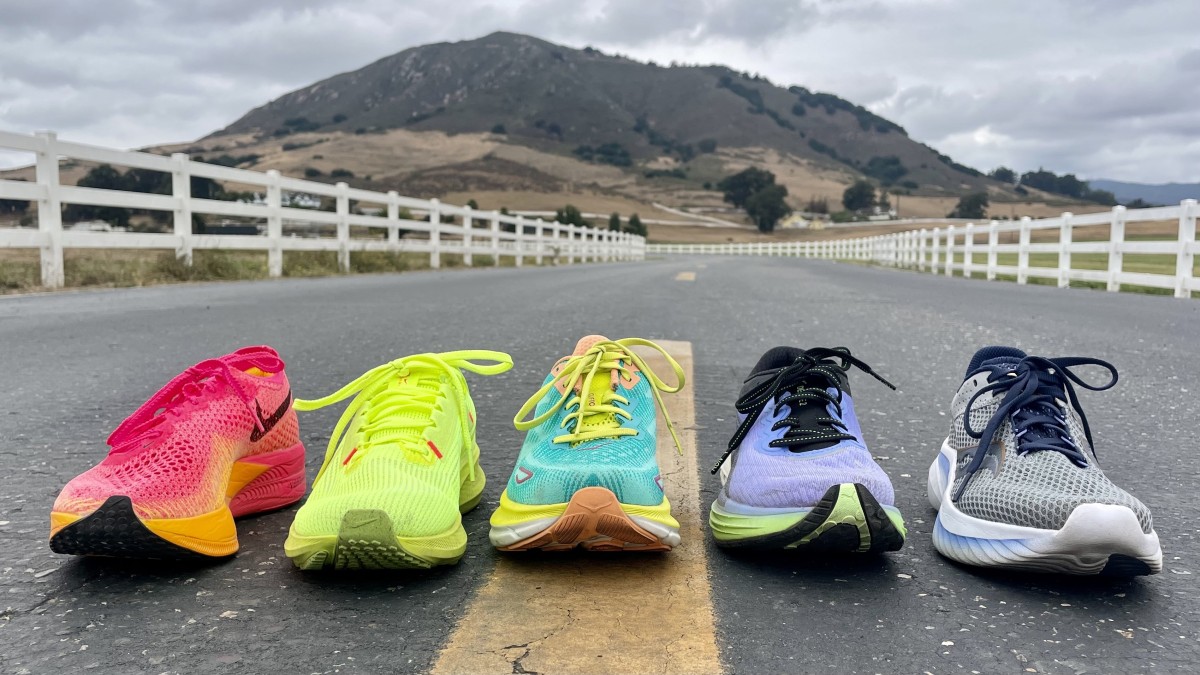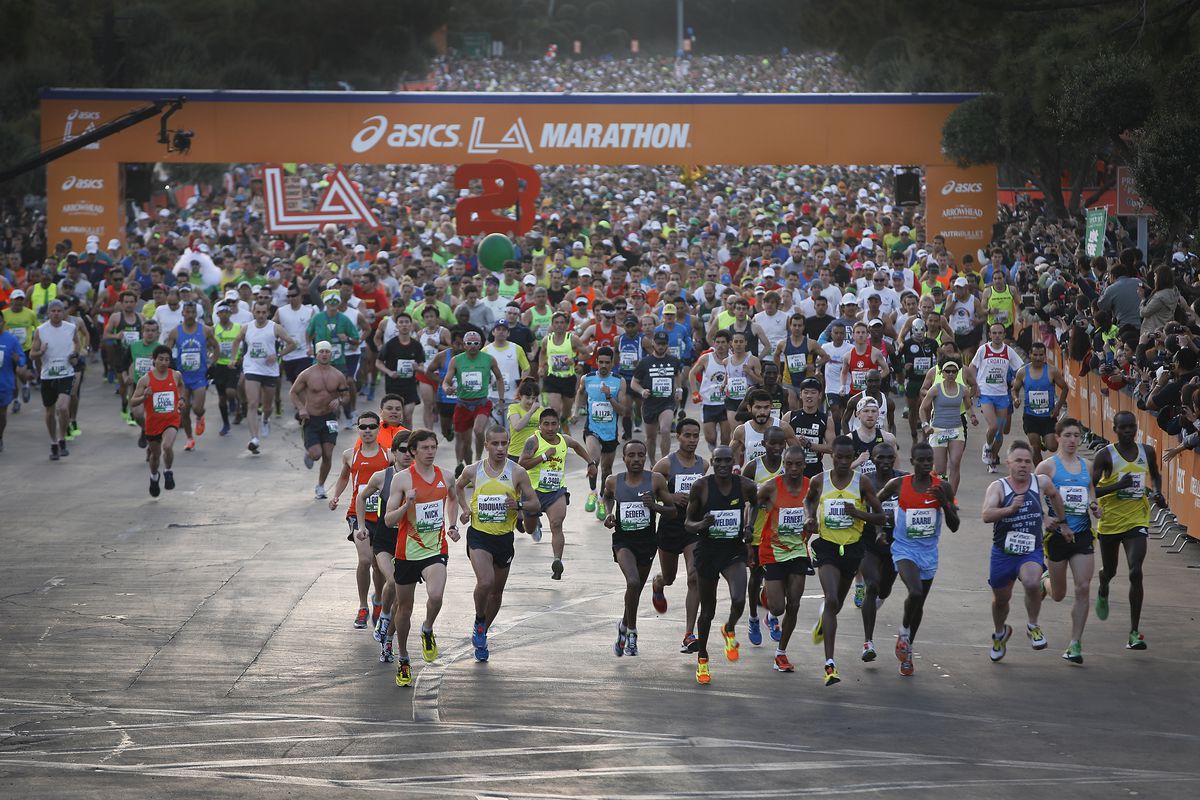

Featured
What Time Does The La Marathon Start
Modified: January 2, 2024
Find out the featured start time for the LA Marathon. Plan your day and be ready to join in this exciting event in Los Angeles.
Introduction
Welcome to the exciting world of the LA Marathon, one of the most prestigious and iconic races in the United States. Every year, thousands of runners from around the globe gather in the vibrant city of Los Angeles to participate in this exhilarating event. Whether you are a seasoned marathoner or a first-time participant, the LA Marathon offers a unique and unforgettable experience that showcases the beauty and diversity of this incredible city.
The LA Marathon, also known as the Skechers Performance Los Angeles Marathon due to its sponsorship, has a rich history dating back to its inaugural race in 1986. Since then, it has become a prominent event on the international marathon circuit, attracting elite runners, recreational athletes, and passionate spectators alike.
Spanning a distance of 26.2 miles, the LA Marathon takes participants on a picturesque journey through the heart of Los Angeles. From the iconic landmarks of Hollywood to the stunning coastline of Santa Monica, runners will traverse a course that showcases the city’s unique blend of urban excitement and natural beauty.
One of the essential aspects of preparing for the LA Marathon is understanding the race’s start time and schedule. This information is crucial for participants to ensure they arrive on time and can properly warm up before the race begins. Additionally, spectators can plan their day to catch the start of the race and cheer on their favorite runners.
Throughout this article, we will delve into the various elements of the LA Marathon, including the course description, start time and schedule, race day logistics, elite runners, wheelchair division, spectator viewing areas, road closures and traffic information, safety and medical services, and the unforgettable finish line and post-race festivities.
So whether you are a participant seeking to conquer the challenge of running 26.2 miles or a spectator looking to witness the incredible display of athleticism and determination, get ready to immerse yourself in the excitement of the LA Marathon.
Historical Background
The history of the LA Marathon is steeped in tradition and has grown to become one of the premier marathons in the world. The race was first held in 1986 and has since become an iconic event on the running calendar, drawing participants from all walks of life.
Originally conceived as a way to showcase the city of Los Angeles and promote health and fitness, the LA Marathon has evolved into a highly anticipated event that attracts both professional athletes and amateur runners. Over the years, the race has seen significant growth in terms of participants and international recognition.
One of the defining moments in the history of the LA Marathon came in 2009 when the course was changed to incorporate the iconic “Stadium to the Sea” route. This route starts at Dodger Stadium, winds through various neighborhoods of Los Angeles, and finishes at the beautiful Santa Monica Pier. The new course not only provided a more scenic and diverse experience for runners but also offered a challenging route that showcased the city’s vibrant and diverse cultural landscapes.
The LA Marathon has also seen its fair share of memorable moments and records broken. In 1988, the legendary Steve Jones set a world record time of 2 hours, 8 minutes, and 20 seconds, solidifying the race’s reputation as a platform for top-level performances. In more recent years, athletes like Meb Keflezighi and Desiree Linden have made their mark at the LA Marathon, further cementing its status as a race that attracts the best in the sport.
Beyond the elite athletes, the LA Marathon has become a symbol of community and determination. It is a race that brings together people from all walks of life, united by the goal of completing 26.2 miles. Whether running for a cause, in memory of a loved one, or simply as a personal challenge, each participant has their unique story to tell and their own motivation to cross the finish line.
As the years go by, the LA Marathon continues to evolve and grow. It has become an integral part of the city’s culture and a hallmark event that showcases the essence of Los Angeles – a diverse, vibrant, and inclusive community coming together to celebrate the joy of running and the human spirit.
Course Description
The LA Marathon course is renowned for its scenic and diverse route, taking participants on a journey through some of Los Angeles’ most iconic and picturesque locations. Spanning a distance of 26.2 miles, the course is designed to provide runners with a challenging yet rewarding experience.
The race starts at Dodger Stadium, the legendary home of the Los Angeles Dodgers baseball team. Runners will begin their journey through the streets of Los Angeles, passing by iconic landmarks such as Chinatown and City Hall. The course then winds its way through vibrant neighborhoods like Echo Park and Silver Lake, offering runners a glimpse into the cultural tapestry of the city.
As participants make their way towards the halfway point, they will have the opportunity to run through Hollywood, passing by famous sights like the Hollywood Walk of Fame and Grauman’s Chinese Theatre. The energy of the crowd and the palpable excitement of being in the heart of Hollywood provides a boost of motivation for runners as they tackle the miles ahead.
Leaving behind the glitz and glamour of Hollywood, runners will continue through West Hollywood, known for its vibrant nightlife and lively atmosphere. As they enter Beverly Hills, the course takes participants on a scenic detour through the tree-lined streets of this affluent neighborhood, providing a moment of respite before the final push towards the finish line.
The final leg of the race takes participants towards the stunning coastline of Santa Monica. With the Pacific Ocean as a backdrop, runners will experience the refreshing sea breeze as they approach the finish line. The course concludes at the iconic Santa Monica Pier, where participants will be greeted by cheering spectators, family, and friends, all celebrating their incredible accomplishment.
Throughout the course, aid stations are strategically placed to provide runners with hydration, nutrition, and medical assistance if needed. The route is well-marked, and there are ample volunteers and course marshals along the way to ensure participants stay on track and stay motivated.
Undoubtedly, the LA Marathon course offers runners an incredible opportunity to experience the beauty and diversity of Los Angeles. From the energetic streets of downtown to the glitz and glamour of Hollywood, and finally, the serene coastline of Santa Monica, every step of the journey is filled with moments that will stay with participants long after they cross the finish line.
Start Time and Schedule
Planning your day and arriving on time for the LA Marathon is essential to ensure a smooth and successful race experience. The start time for the race varies depending on the year, but it is typically scheduled for early morning to avoid the heat of the day and to allow runners to complete the race within a reasonable time frame. The exact start time is announced well in advance and can be found on the official LA Marathon website.
On the day of the race, it is recommended to arrive at the starting area at least one to two hours before the scheduled start time. This will allow you enough time to check in, drop off any necessary items, and warm up properly before the race begins. It is important to consider the potential for traffic and logistical delays, especially if you are staying far from the starting area.
The LA Marathon follows a wave start system, which means that runners are released in smaller groups at designated intervals. This helps to manage the flow of participants and prevent overcrowding at the start line. The wave assignments are generally based on the estimated finish time provided during registration or through a qualifying time for elite runners.
It is important to know your assigned wave and the corresponding start time. This information will be communicated to you in advance through email or can be checked on the official LA Marathon website. It is crucial to be in your designated wave area at least 15-30 minutes before the start time, as this will ensure a smooth and organized beginning to the race.
Along with the start time and wave assignments, the official LA Marathon website also provides a detailed schedule of events for race day. This includes important information such as the opening of the race expo, the start of the elite wheelchair division, live entertainment performances, and the opening and closing of various race facilities and amenities.
Staying informed about the schedule of events will help you plan your race day logistics and make the most of the experience. Be sure to review the schedule ahead of time and make note of any activities or events you would like to attend before or after the race.
By familiarizing yourself with the start time and schedule, you can ensure a stress-free race day and make the most of your LA Marathon experience. Arrive early, be aware of your wave start time, and stay informed about the schedule of events to maximize your enjoyment of this iconic event.
Race Day Logistics
Preparing for race day involves more than just training and staying physically fit. Understanding the logistics and planning ahead can greatly enhance your overall experience at the LA Marathon. Here are some essential race day logistics to keep in mind:
Transportation: It’s important to plan your transportation to the race start and from the finish line in advance. Consider carpooling, using public transportation, or arranging for a ride with family or friends. Some participants also choose to stay at hotels near the start and finish areas for added convenience.
Baggage Check: The LA Marathon offers a baggage check service where you can securely store your personal belongings during the race. Make sure to bring a clear, labeled bag to check in, and remember to leave ample time to drop off and retrieve your belongings before and after the race.
Start Line Facilities: The starting area of the LA Marathon provides various amenities such as portable toilets, hydration stations, medical services, and information booths. Familiarize yourself with the layout of the start line area and locate these facilities to have a smooth race day experience.
Hydration and Nutrition: Staying hydrated and fueled is crucial during the marathon. Along the course, there will be multiple water and sports drink stations, as well as energy gel stations. Plan your hydration and nutrition strategy in advance and take advantage of these resources to stay energized throughout the race.
Weather and Attire: Los Angeles can have varying weather conditions on race day, so it’s important to check the forecast prior to the event. Dress appropriately for the weather and wear comfortable, moisture-wicking clothing and supportive running shoes. Don’t forget sunscreen and a hat or visor to protect yourself from the sun.
Spectator Viewing Areas: If you have friends or family coming to cheer you on, inform them about the designated spectator viewing areas along the course. These areas provide the best vantage points for spectators to support and encourage the runners. Be sure to communicate a meeting plan with your supporters to coordinate their presence along the route.
Post-Race Celebration: After crossing the finish line, take some time to celebrate your accomplishment and enjoy the festive atmosphere at the finish line area. There will be post-race refreshments, live entertainment, and the opportunity to connect with fellow runners. Don’t forget to collect your finisher’s medal and take pictures to commemorate your achievement.
Understanding the race day logistics and planning accordingly will help you have a seamless and enjoyable experience at the LA Marathon. Consider all the necessary details, arrive early, and be prepared to adapt to any unforeseen circumstances. By being well-prepared, you can focus on enjoying every step of this incredible journey.
Elite Runners and Wheelchair Division
The LA Marathon attracts elite runners from around the world, showcasing some of the top athletes in the sport. These elite athletes compete for top honors, vying for prize money, records, and recognition. Additionally, the race features a wheelchair division, highlighting the exceptional skills and determination of differently-abled athletes.
The elite runners in the LA Marathon consist of professional athletes who have met specific qualifying standards set by the race organizers. These standards are based on previous race performances and are designed to ensure a high level of competition among the elite field. The presence of elite runners adds an extra layer of excitement and prestige to the event.
It is truly inspiring to witness the elite athletes in action as they navigate the course with power, speed, and endurance. Their dedication to their craft and the level of athleticism they display is truly awe-inspiring. As they race towards the finish line, spectators line the course, cheering them on and marveling at their incredible talents.
Alongside the elite runners, the LA Marathon places a significant focus on the wheelchair division. The wheelchair athletes participate in their own separate race within the marathon, showcasing incredible strength and skill. These individuals overcome physical challenges, propelling themselves forward with remarkable speed and determination.
The wheelchair division provides a platform for differently-abled athletes to showcase their abilities and shatter stereotypes. It is a testament to the inclusive nature of the LA Marathon and the spirit of the running community. Their participation serves as an inspiration to all, challenging perceptions and proving that dreams and goals can be achieved regardless of physical barriers.
The LA Marathon celebrates the achievements of the elite runners and wheelchair athletes, acknowledging their dedication and paving the way for future generations of runners. Their performances add an extra layer of excitement and competitiveness to the event, elevating the overall race experience for participants and spectators alike.
As you watch the elite runners and wheelchair athletes in action during the LA Marathon, take a moment to appreciate their journey and the dedication they have put into their craft. Their presence adds a layer of depth and inspiration to the race, reminding us that with hard work and perseverance, anything is possible.
Spectators and Viewing Areas
The LA Marathon not only creates an incredible experience for the participants but also offers an exciting opportunity for spectators to be a part of the action. Whether you’re cheering on a loved one or simply want to witness the energy and excitement of the race, there are several designated viewing areas along the course where you can catch all the action.
One of the best ways to support the runners is by being present at the start line at Dodger Stadium. Here, you can witness the anticipation and excitement as participants begin their marathon journey. From cheering on the elite runners to giving a boost of encouragement to friends and family, the start line creates an atmosphere of motivation and inspiration.
As the race progresses, there are numerous viewing areas along the course where spectators can gather to support the runners. These areas are strategically placed to provide the best vantage points and opportunities for spectators to cheer on their favorite participants.
Some popular spectator viewing areas include Hollywood and West Hollywood, where the course passes by iconic landmarks and energetic crowds create a vibrant atmosphere. These areas offer a great opportunity to soak in the lively ambiance of the race and cheer on the runners as they make their way through these iconic neighborhoods.
For a more serene and scenic viewing experience, spectators can head to certain sections along the course where runners pass through parks or along the coast. These locations not only provide a beautiful backdrop for the race but also offer a peaceful setting for spectators to support the runners and enjoy the natural surroundings.
Additionally, the Santa Monica Pier, which serves as the finish line of the LA Marathon, is a popular spot for spectators to gather. Here, you can witness the incredible sense of accomplishment as runners cross the finish line and celebrate their achievement. The joy and emotion in this area create an unforgettable atmosphere, making it a prime spot to cheer and applaud the participants.
It’s important for spectators to be respectful of the race course and follow all instructions from race officials and volunteers. Stay within the designated viewing areas and avoid interfering with the runners’ progress. Remember to bring signage, noisemakers, and positive energy to create an uplifting atmosphere and motivate the participants.
Being a spectator at the LA Marathon is an opportunity to show your support, be a part of the excitement, and contribute to the incredible atmosphere that surrounds the race. Get ready to join in the cheers, applause, and encouragement as you watch the runners push through challenges and achieve their goals.
Road Closures and Traffic Information
The LA Marathon is a massive event that requires extensive road closures throughout the course to ensure the safety and unobstructed passage of the participants. These road closures can have an impact on traffic in the surrounding areas, so it’s important to be aware of the closures and plan your travel accordingly on race day.
The streets along the LA Marathon course are closed off to vehicular traffic for the duration of the race. This includes major roads and intersections, making it crucial for commuters and residents to plan alternate routes or adjust their schedules to avoid any inconvenience.
Road closures typically begin in the early morning hours before the race, as preparations are made to set up the start line and ensure the course is ready for participants. It’s advisable to check the official LA Marathon website or local news sources for detailed information on specific road closures and their timings.
The race organizers work closely with local authorities to minimize the impact of road closures and ensure that essential services like emergency response and public transportation are not significantly disrupted. However, it’s important to anticipate potential delays and allow for extra travel time if you need to navigate through or around the affected areas.
If you live or work along the marathon route, especially near the start or finish lines, it’s recommended to plan ahead and adjust your activities accordingly. Consider carpooling, using public transportation, or exploring alternative routes to reach your destinations. As the race progresses, road closures will be lifted, allowing traffic to gradually return to normal.
Being aware of road closures and traffic conditions is not only important for local residents and commuters but also for spectators who are planning to cheer on the runners. It’s advisable to familiarize yourself with the designated spectator viewing areas and plan your route accordingly to avoid any road closures and potential traffic congestion.
The LA Marathon’s official website provides detailed information about road closures, including a map that highlights the affected areas. Familiarize yourself with the closures and consider using navigation apps or GPS systems to navigate around the race course efficiently. Stay informed through official announcements and follow local news sources for any updates or changes to the road closure schedule.
By staying informed about road closures and planning your travel accordingly, you can minimize any potential disruption and enjoy a seamless experience during the LA Marathon. Whether you’re a participant, spectator, or local resident, understanding the traffic implications of the race will help ensure a smooth and enjoyable day for everyone involved.
Safety and Medical Services
The safety and well-being of participants is a top priority at the LA Marathon. The race organizers, in collaboration with medical professionals and local authorities, have put into place comprehensive measures to ensure a safe environment for all runners. From the start line to the finish line, robust safety and medical services are available to address any emergency situations and provide assistance throughout the race.
The LA Marathon boasts a team of dedicated medical and safety personnel who are strategically stationed along the course. These professionals are equipped with the necessary skills and resources to handle various medical emergencies that may arise during the race. They are trained to respond quickly and efficiently to ensure the well-being of participants.
Throughout the course, there are designated medical aid stations where runners can receive immediate medical attention if needed. These aid stations are equipped with supplies to address common issues faced by runners, such as dehydration, muscle cramps, and exhaustion. Medical personnel are readily available at these stations to provide necessary assistance and advice.
In addition to the aid stations, medical escorts on bicycles and stationed medical teams patrol the course, constantly monitoring the runners and quickly attending to any medical emergencies. These mobile medical units can provide immediate assistance and, if necessary, coordinate transportation to a nearby medical facility.
The race organizers also encourage participants to disclose any known medical conditions during the registration process. This enables the medical team to be aware of potential risks and provide additional support to those who may require specialized care.
Furthermore, the LA Marathon maintains strong communication links with local emergency services, including paramedics and hospitals. In the event of a serious medical emergency, they are able to respond promptly and provide advanced medical care if required.
Participants are encouraged to take precautionary measures to ensure their safety during the race. This includes staying hydrated, listening to your body, and pacing yourself appropriately. It’s important to recognize signs of overexertion or any medical concerns and seek assistance if needed.
Spectators also play a role in maintaining a safe environment during the LA Marathon. They are encouraged to be aware of their surroundings, keep the race course clear, and follow any instructions provided by race officials and volunteers. Their cooperation contributes to the overall safety and well-being of both runners and spectators.
The commitment to safety and comprehensive medical services at the LA Marathon ensures that participants can focus on their performance and enjoy the experience. By prioritizing safety as a core component, the organizers have created an environment that allows participants to push their limits while receiving the necessary care and support.
Finish Line and Post-Race Festivities
Crossing the finish line at the LA Marathon is an exhilarating moment that culminates months of training and dedication. As participants complete their 26.2-mile journey, they are greeted by an unforgettable atmosphere of celebration and accomplishment. The finish line festivities at the LA Marathon create a vibrant and festive environment for runners and spectators alike.
When participants cross the finish line at the iconic Santa Monica Pier, they are greeted with cheers and applause from spectators and fellow runners. Volunteers ensure a smooth flow of finishers, guiding them towards the area where they receive their well-deserved finisher’s medal, a symbol of their achievement and perseverance.
After collecting their medals, participants can take advantage of the post-race refreshments, which typically include water, electrolyte drinks, snacks, and fresh fruit. These nourishments help replenish energy levels and aid in the recovery process after the demanding physical exertion of the marathon.
The finish line area also offers various amenities for runners, such as medical services, massage and stretching areas, and gear check-out stations. Medical professionals are on hand to address any post-race concerns or provide additional support if needed. Runners can also take advantage of the massage and stretching areas to help alleviate muscle soreness and enhance recovery.
Post-race festivities at the LA Marathon extend beyond the finish line. The Santa Monica Pier and surrounding areas come alive with lively entertainment, live music, and celebrations. Spectators and participants can enjoy the vibrant energy and revel in the achievements of the runners.
Runners often gather with family and friends at designated meeting points near the finish line to celebrate their accomplishment. Taking photos, sharing stories, and relishing in the sense of achievement creates a joyful atmosphere that adds to the overall experience.
The LA Marathon also organizes an official finish line festival, featuring entertainment, vendors, and activities for participants and spectators to enjoy. This festival provides an opportunity to connect with other runners, share experiences, and immerse oneself in the vibrant running community.
For some participants, the LA Marathon represents a personal achievement, a milestone in their running journey. After completing the race, they may feel a sense of accomplishment and a desire to continue setting and achieving new goals. The finish line festivities and post-race atmosphere fuel this motivation and inspire participants to push beyond their limits.
As runners and spectators come together to celebrate the triumphs and personal achievements, the finish line and post-race festivities of the LA Marathon create an unforgettable experience. With an atmosphere filled with joy, camaraderie, and celebration, participants can savor the fulfilment of completing the marathon and be proud of their incredible achievement.
Conclusion
The LA Marathon is not just a race; it is an experience that embodies the spirit of Los Angeles and the dedication of thousands of runners who come together to achieve their goals. From its rich historical background to its scenic and challenging course, the LA Marathon offers participants a chance to test their limits and showcase their endurance.
With a diverse field of elite athletes and participants from all walks of life, the LA Marathon serves as a celebration of fitness, perseverance, and the power of the human spirit. It is a testament to the remarkable ability of individuals to push beyond their boundaries and accomplish extraordinary feats.
Beyond the physical aspect, the LA Marathon fosters a sense of community and camaraderie. The support from spectators and fellow runners along the route creates an uplifting and motivating atmosphere, propelling participants forward towards the finish line.
The LA Marathon provides an opportunity for spectators to witness the determination and spirit of the participants. From the start line to the finish line, supporters line the course, cheering, and offering words of encouragement. Their energy and enthusiasm amplify the exhilaration of crossing the finish line and make the journey even more memorable.
Throughout the race, the organizers ensure the safety and well-being of the participants, with comprehensive medical services and a strong focus on maintaining a secure environment. This commitment to safety allows runners to focus on their performance and enjoy the race experience to the fullest.
As the participants cross the finish line, they find themselves immersed in post-race festivities, celebrating their accomplishments. The festive atmosphere, with post-race refreshments, live music, and an overall sense of achievement, adds to the joyous mood and creates lasting memories.
The LA Marathon is a remarkable event not only for the runners but also for the city of Los Angeles. It showcases the city’s dynamic culture, diverse neighborhoods, and iconic landmarks. It brings together individuals from all backgrounds, uniting them in their shared love for running and their desire to conquer the challenge of a marathon.
Whether you are taking part in the LA Marathon as a runner or showing your support as a spectator, the experience leaves a lasting impression. It inspires participants to set new goals, demonstrates the power of perseverance, and fosters a sense of unity within the running community.
So lace up your running shoes, mark your calendars, and get ready to be a part of the exhilarating journey that is the LA Marathon. Whether you’re chasing a personal best or experiencing the vibrant atmosphere, the LA Marathon promises an unforgettable experience that will leave you with a sense of accomplishment and a desire to keep pushing forward.


